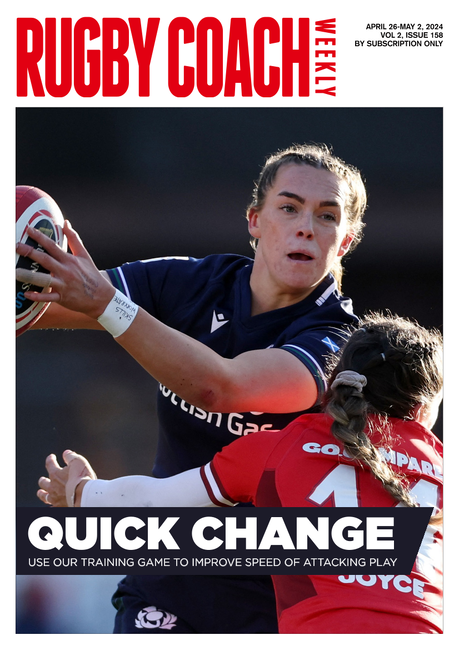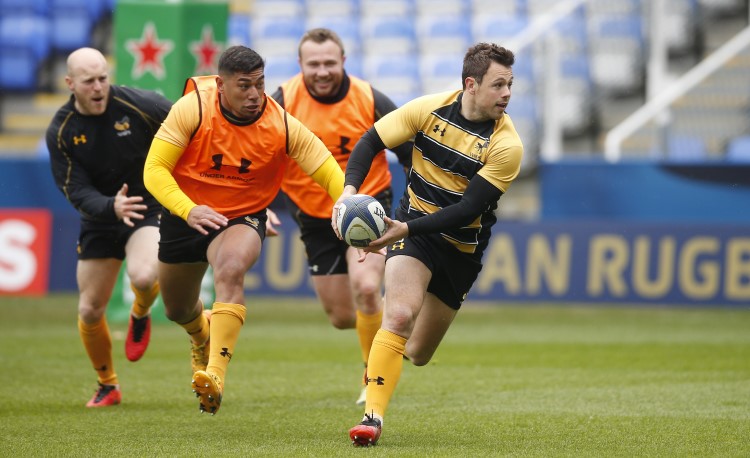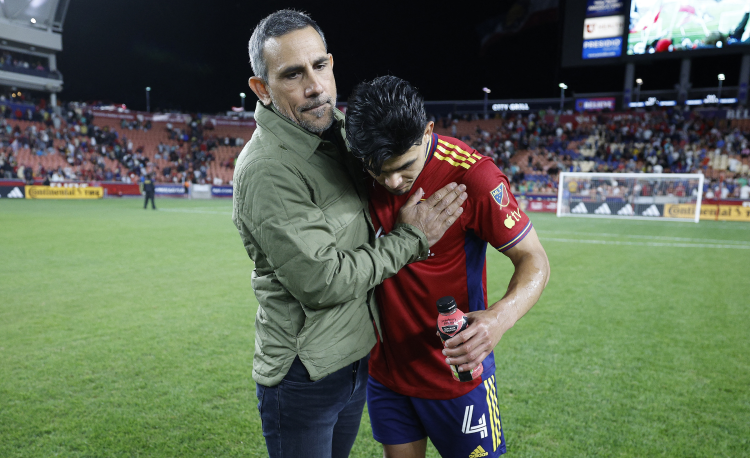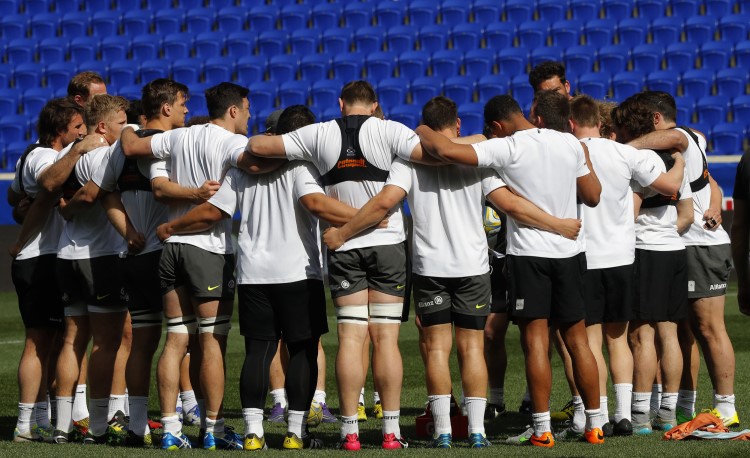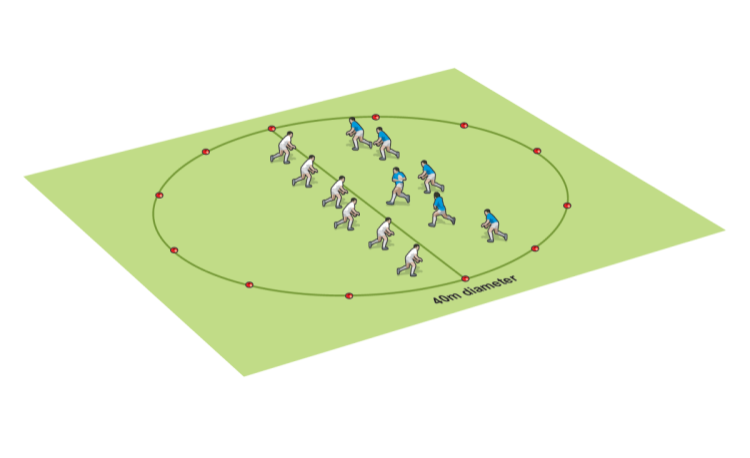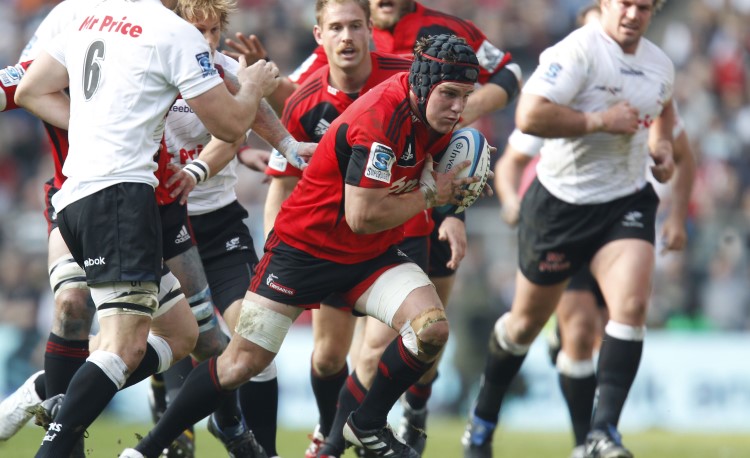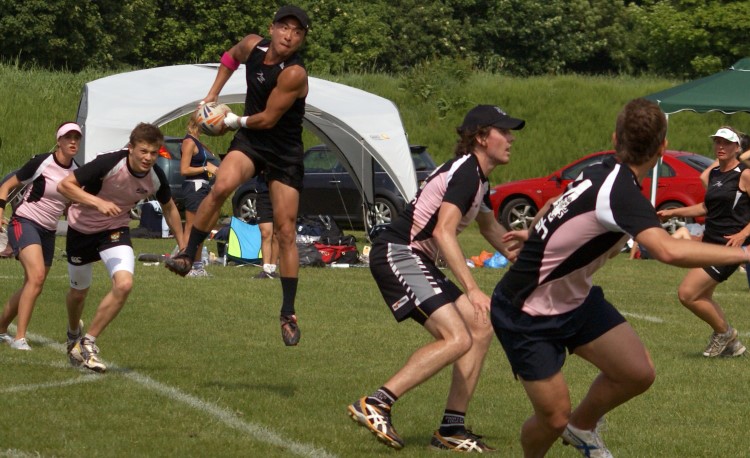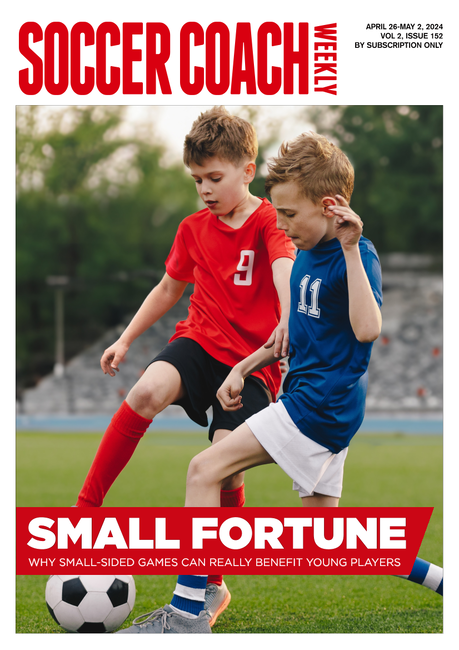You are viewing
1 of your 2 free articles
This drill was dull until...
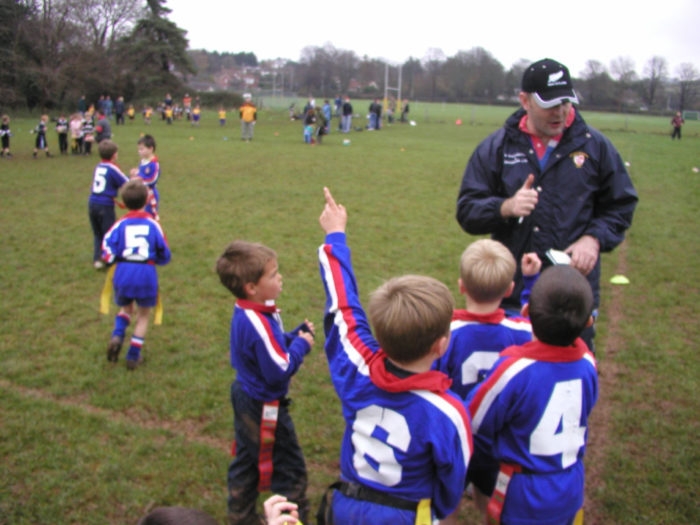
The other week I was watching another coach set up what I can safely say was a drill: 10 cones evenly spaced in front of two lines of players, no decision-making and off they went. The players ran out with the ball, put it down, ran to another cone, ran back and picked it up. They passed it to a team mate who repeated the exercise.
Unless you are scoring a try, you don’t tend to put the ball down on the ground and it is rare that you pick up a stationary ball and run straight ahead.
The relevance of the drill was lost on me. But then things changed. The coach, who had, until this point, been shouting directions and organisational matters, stopped and said: “Okay guys, you’ve got the idea, what can we do to improve our skills?”
The boys came up with a couple of ideas, which the coach then repeated or got them to demonstrate. They then ran through the drill again. Better technique this time with the players using their own suggestions on shorter steps and bending at the knees.
Though this was good to see (and I certainly wasn’t going to say anything because it would have been patronising), it was still hardly very rugby related. But I could sense something else was happening. There was quite a lot of activity and players were becoming competitive.
Now the coach shouted out various colours and players had to run out to those cones and change directions perhaps two or three times. When they did so, they had to put both hands either side of the cone before turning.
The boys loved it, vying to beat their mates. They were disqualified for poor technique and sometimes the coach changed the match-up or started a faster player a bit further back.
This whole exercise can’t have lasted more than 10 minutes. But the boys were energised, had done some rugby-related activities, and if you ignore the lack of decision-making, it was a pretty good work-out. I am glad I kept my mouth shut.
Lessons
- It's okay to build an activity with little or no pressure.
- Let the players increase the pressure they can put on themselves.
- If you are close to the players, you can tell when to increase the pressure.
- Short, sharp activities don't always have to be finishing with the "real game". It's good if you can put it into context though.
Newsletter Sign Up
Coaches Testimonials

Gerald Kearney, Downtown Las Vegas Soccer Club

Paul Butler, Florida, USA

Rick Shields, Springboro, USA

Tony Green, Pierrefonds Titans, Quebec, Canada
Subscribe Today
Be a more effective, more successful rugby coach
In a recent survey 89% of subscribers said Rugby Coach Weekly makes them more confident, 91% said Rugby Coach Weekly makes them a more effective coach and 93% said Rugby Coach Weekly makes them more inspired.
Get Weekly Inspiration
All the latest techniques and approaches
Rugby Coach Weekly offers proven and easy to use rugby drills, coaching sessions, practice plans, small-sided games, warm-ups, training tips and advice.
We've been at the cutting edge of rugby coaching since we launched in 2005, creating resources for the grassroots youth coach, following best practice from around the world and insights from the professional game.
More from us
© 2023 Rugby Coach Weekly
Part of Green Star Media Ltd. Company number: 3008779
We use cookies so we can provide you with the best online experience. By continuing to browse this site you are agreeing to our use of cookies. Click on the banner to find out more.


